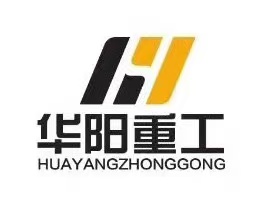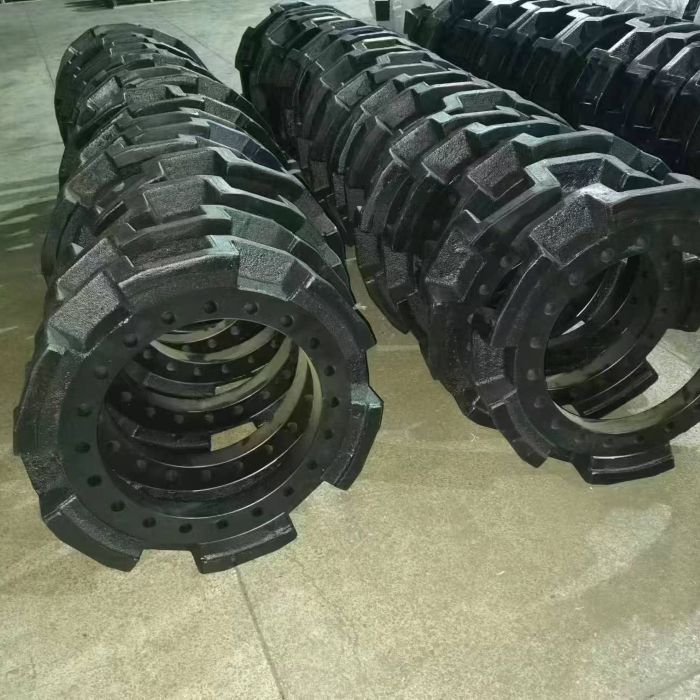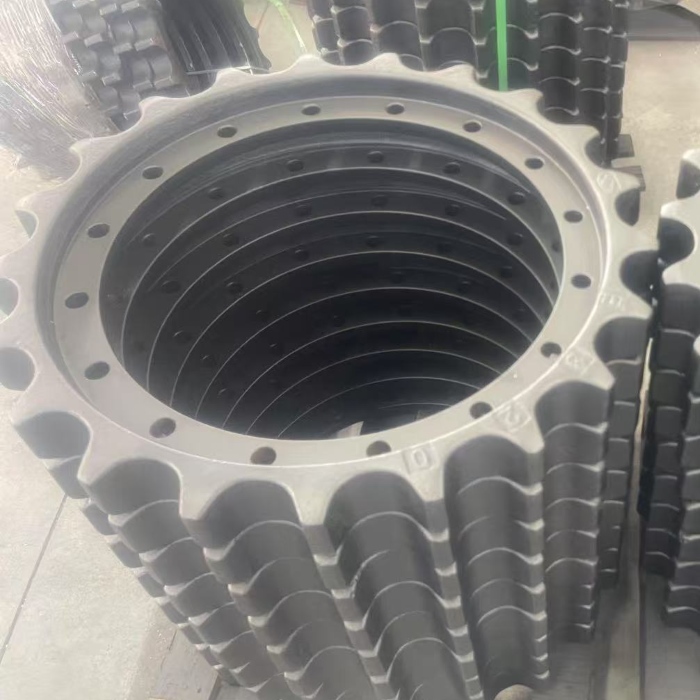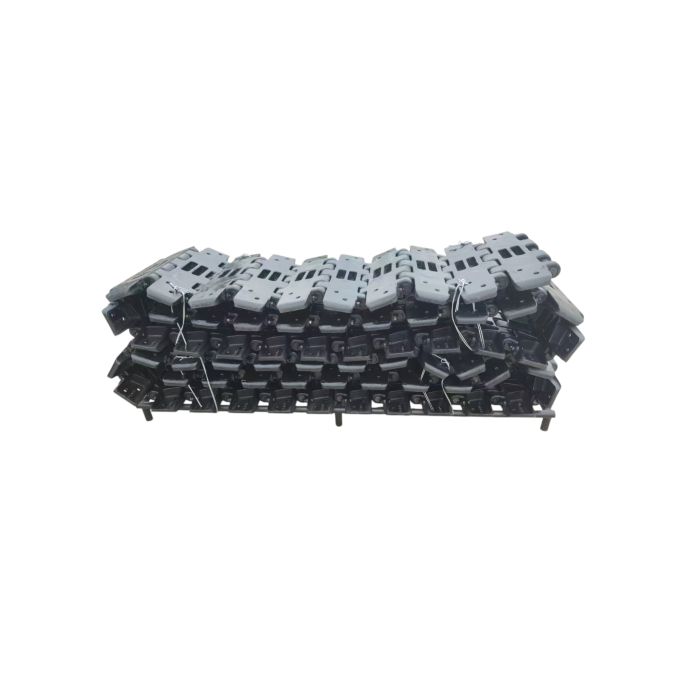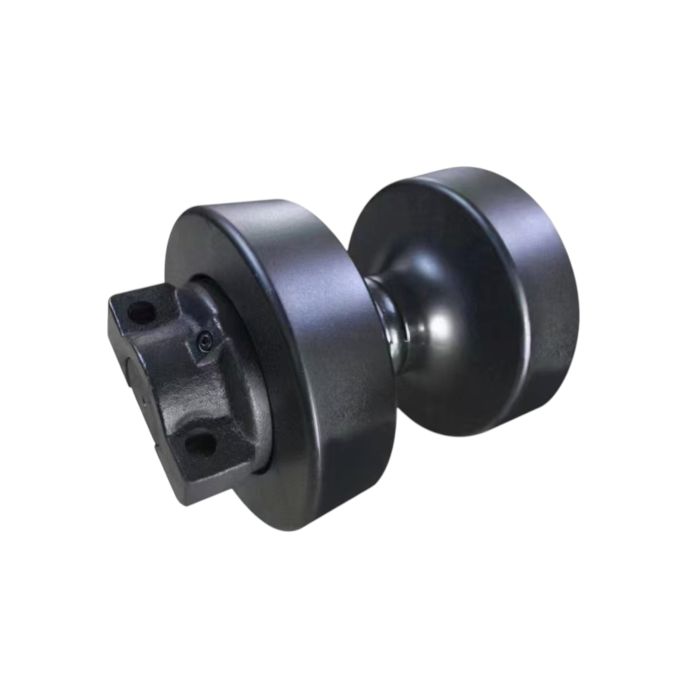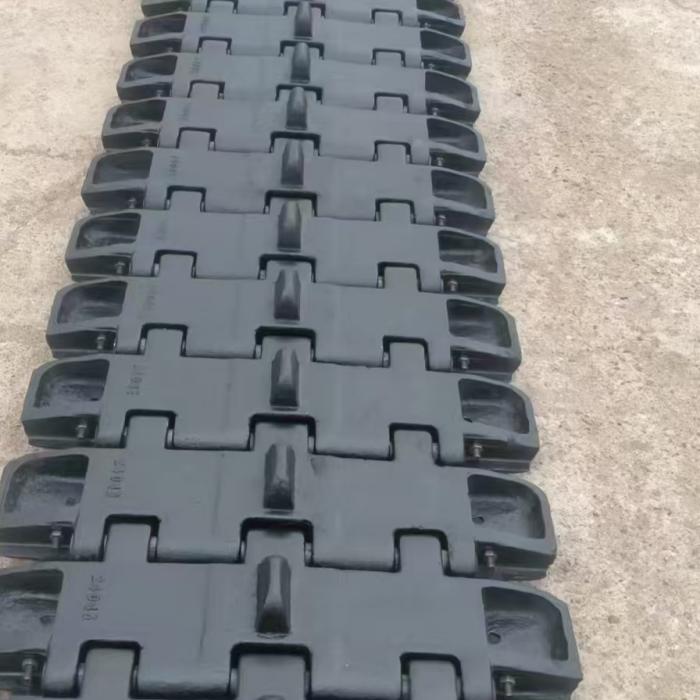The construction machinery industry entered a period of rapid expansion in both production capacity and credit from 2010 to 2011. High profits and surging downstream demand led major manufacturers to ramp up production, attracting customers by reducing down payment requirements and extending repayment terms.
In 2011, the number of employees at representative construction machinery companies reached a ten-year peak. The accounts receivable growth rate at most leading companies far exceeded their corresponding operating income growth rate, gradually accumulating industry risks.
From 2009 to 2014, export value more than doubled. In the following two years, due to a decline in overall international market demand, exports continued to decline. In 2016, export value reached US$16.96 billion, a year-on-year decrease of 10.6%. This was the largest decline in my country's construction machinery exports since 1998, except for the sharp drop in 2009 caused by the international financial crisis. However, with the deepening of the Belt and Road Initiative, my country's construction machinery exports have reversed their downward trend. In 2017, export value reached US$20.105 billion, exceeding US$20 billion for the first time, an increase of 18.5% year-on-year.
Export Analysis: Loaders maintain their leading position, with export value increasing by more than half.
Analysis of 2017 export data reveals the following key features:
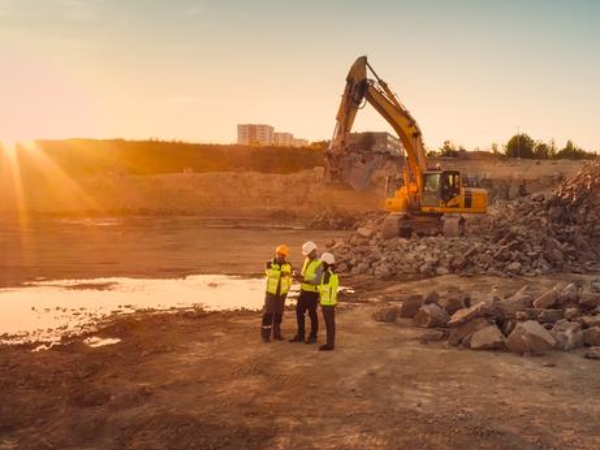
Exports of major product categories saw significant growth.
In 2017, exports of complete machines totaled US$12.737 billion, a year-on-year increase of 16.9%, accounting for 63.4% of total exports; exports of parts totaled US$7.368 billion, accounting for 36.6% of total exports, a year-on-year increase of 21.5%. Complete machine exports primarily went to markets along the Belt and Road Initiative, while parts primarily went to developed countries.
Among complete machine exports, the main categories experiencing significant export growth included loaders, crawler excavators, internal combustion forklifts, off-highway dump trucks, electric forklifts, road rollers, and other bulldozers. Products experiencing export declines included other cranes, other construction vehicles, stackers, crawler cranes, and concrete pump trucks.
Among major export products, excavators were valued at US$1.426 billion, a year-on-year increase of 30.7%; loaders were valued at US$1.570 billion, a year-on-year increase of 57.5%; and forklifts were valued at US$1.939 billion, a year-on-year increase of 16.7%.
In 2017, my country's exports of construction machinery to countries along the Belt and Road Initiative reached US$8.765 billion, a year-on-year increase of 18.3%, accounting for 43.6% of total exports.
The Belt and Road Initiative launched in 2013, and by 2017, the Belt and Road Economic Corridor had begun to take shape, with trade between China and 65 countries involved approaching US$2 trillion. Infrastructure connectivity, a prerequisite for the Belt and Road Initiative, has directly stimulated the rapid recovery of construction machinery exports. Over the next decade, infrastructure development in key Belt and Road countries will require at least US$800 billion, creating new opportunities for Chinese construction machinery companies to expand into overseas markets.
Asia remains the largest market:
Among the continents, exports to Asia totaled US$9.676 billion, a year-on-year increase of 10.5%, accounting for 48.1% of the total. Exports to Europe totaled US$3.408 billion, a year-on-year increase of 36.7%, accounting for 17.0% of the total. Exports to North America totaled US$2.772 billion, a year-on-year increase of 35.1%, accounting for 13.8% of the total. Exports to Africa totaled US$2.034 billion, a year-on-year increase of 18.2%, accounting for 10.1% of the total. Exports to South America totaled US$1.347 billion, a year-on-year increase of 7.05%, accounting for 6.7% of the total. Exports to Oceania totaled US$868 million, a year-on-year increase of 28.2%, accounting for 4.3% of the total.
Among the major global export destinations, the top six countries—the United States, Japan, Russia, Australia, India, and Indonesia—increased by 32.9%, 25.4%, 78.7%, 27.3%, 16.7%, and 34.6%, respectively.
Market Analysis: Government Investment in Infrastructure Drives Surge in Demand in India and China:
Asia has long been my country's largest export market for construction machinery, with India and Indonesia ranking fifth and sixth, respectively, among major export destinations. Both countries are experiencing rapid growth, making them a market that exporters cannot ignore.
Indonesia: Southeast Asia's Largest Market, Leading Chinese Companies Strive for a Beachhead.
Indonesia is Southeast Asia's largest market and is considered a second home market by many Chinese construction machinery companies.
Since 2002, Indonesia's construction industry has flourished, with the government investing a total of US$230 billion in projects such as roads, railways, ports, airports, and power plants. According to the Indonesian government's plan, 12,100 kilometers of railway lines will be added nationwide by 2030. As infrastructure development progresses, demand for construction machinery in Indonesia is expected to surge.
In addition to traditional construction machinery, Indonesia also has a significant demand for mining equipment and transportation equipment. Indonesia boasts abundant coal resources, and the coal industry has become one of its main export sectors. The Indonesian Ministry of Energy and Mineral Resources projects that by 2025, Indonesia's coal production will reach 405 million tons, with over two-thirds destined for export.
Companies such as Carter (USA), Komatsu, Hitachi, Sumitomo, and Kobelco (Japan) have been operating in the Indonesian market for decades and have established factories. Competition in the Indonesian construction machinery market is fierce. However, Chinese construction machinery offers low costs and a vast alternative market. Compared to US and Japanese products, which currently hold a large market share, Chinese products offer significant price advantages in the Indonesian construction machinery market.
As early as the 1990s, leading Chinese companies began to actively explore the Indonesian market. Currently, Indonesia has become Sany's second largest export destination after India; XCMG crane exports to Indonesia account for over 50% of the market share, and thousands of XCMG cranes are assisting in major construction projects in Indonesia; Liugong sells more than 300 units of construction machinery in Indonesia each year, and its loader sales in Indonesia are second only to Japan's Komatsu and the United States' Caterpillar, ranking third in the Indonesian market; Zoomlion has two major spare parts centers in Indonesia, the Jakarta Parts Warehouse and the Outer Island Parts Branch, with a spare parts inventory of approximately US$1 million, ensuring timely and complete parts supply.
Send feedback
